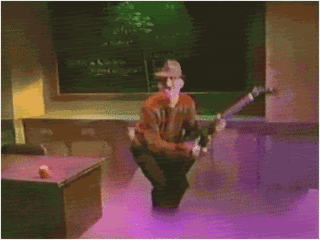We’re excited to announce a new project we’ve been working on this past year. We created a step-by-step course for guitarists who are new to swapping pickups and guitar electronics—
Pickup Installation 101. It’s going live next Wednesday March 31st. Our next phase for this new educational platform is to create a course that goes much deeper in guitar electronics.
We’d love to hear from you on what types of more advanced mods you’d like to learn and have a deeper understanding of. Your ideas can help us make this the best educational course on guitar electronics around.
Is there information you wish someone taught you? Is there a particular wiring mod you always wanted to learn?
To give us feedback on what you want to learn click here.
We’ll post the link for the Pickup Installation 101 course next Wednesday when it goes live so you can check out the set up/content!






Comment